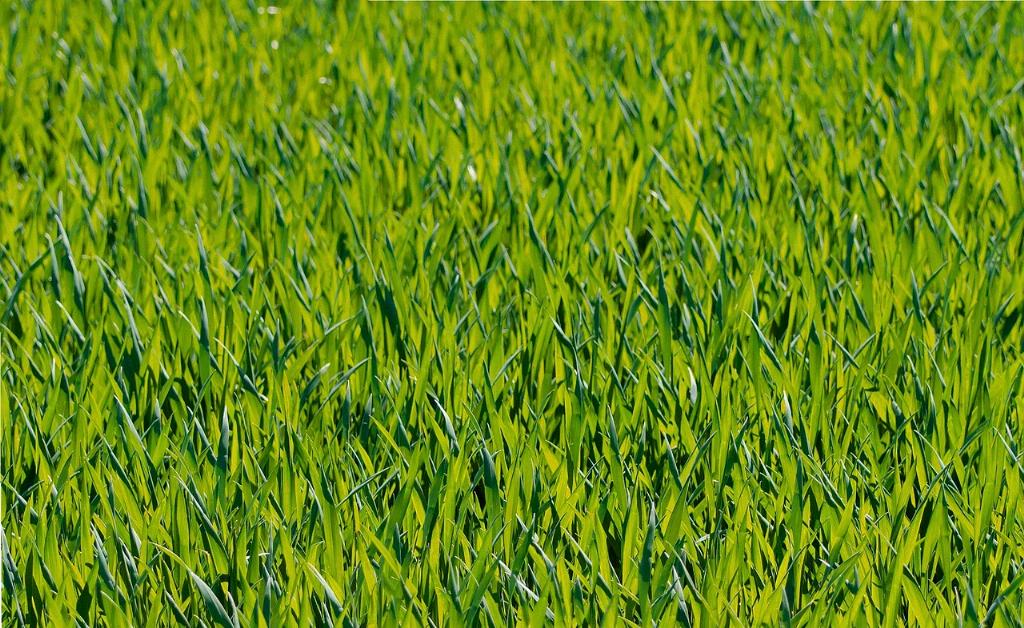When it comes to dethatching your lawn, timing is key. The optimal time to dethatch your lawn is during the late summer or early fall months when your grass is in its peak growing season. This period ensures that your grass can recover quickly from the dethatching process and continue to thrive.
Before diving into dethatching, it’s recommended to mow your lawn a bit shorter than usual. This step helps expose the thatch layer and makes the dethatching process more effective. Additionally, dethatching after a light rain or watering can make the thatch layer easier to remove, resulting in better outcomes for your lawn.
Timing aside, it’s essential to understand the signals that indicate your lawn needs dethatching. If you notice a spongy feel underfoot, excessive thatch build-up, or poor water penetration into the soil, these are signs that dethatching may be necessary to maintain a healthy lawn.
One of the benefits of dethatching your lawn is that it allows better air, water, and nutrient circulation, promoting healthier grass growth. By removing the thatch layer, you create an environment where your grass can thrive and absorb essential nutrients more effectively.
While the ideal time for dethatching is late summer or early fall, it’s essential to assess your lawn’s specific needs before proceeding. Factors such as grass type, weather conditions, and the extent of thatch accumulation can influence the timing of your dethatching efforts.
Keep in mind that dethatching is a disruptive process for your lawn, as it involves removing a layer of dead grass and debris. Therefore, it’s crucial to give your lawn time to recover after dethatching by providing proper care, such as watering and fertilizing, to support new growth.
Timing your dethatching efforts correctly can make a significant difference in the overall health and appearance of your lawn. By following the recommended guidelines and considering the condition of your grass, you can determine the best time to dethatch to achieve optimal results.
It’s never too late to dethatch your lawn if it’s done with proper timing and care. As long as you assess your lawn’s needs, choose the right time of year, and follow best practices for dethatching, you can rejuvenate your lawn and promote healthy grass growth.
Remember that dethatching is a proactive step in lawn maintenance that can contribute to the long-term health and vitality of your grass. By addressing thatch build-up and creating better growing conditions, you can enjoy a lush, green lawn that enhances your outdoor space.
Ultimately, the decision to dethatch your lawn should be based on a thorough evaluation of your lawn’s condition and growth patterns. By staying attentive to your lawn’s needs and taking timely action, you can keep your grass healthy, vibrant, and resilient throughout the seasons.
In conclusion, dethatching your lawn at the right time can have a positive impact on its overall health and appearance. With proper planning, preparation, and post-dethatching care, you can address thatch build-up effectively and encourage robust grass growth that enhances the beauty of your lawn.

